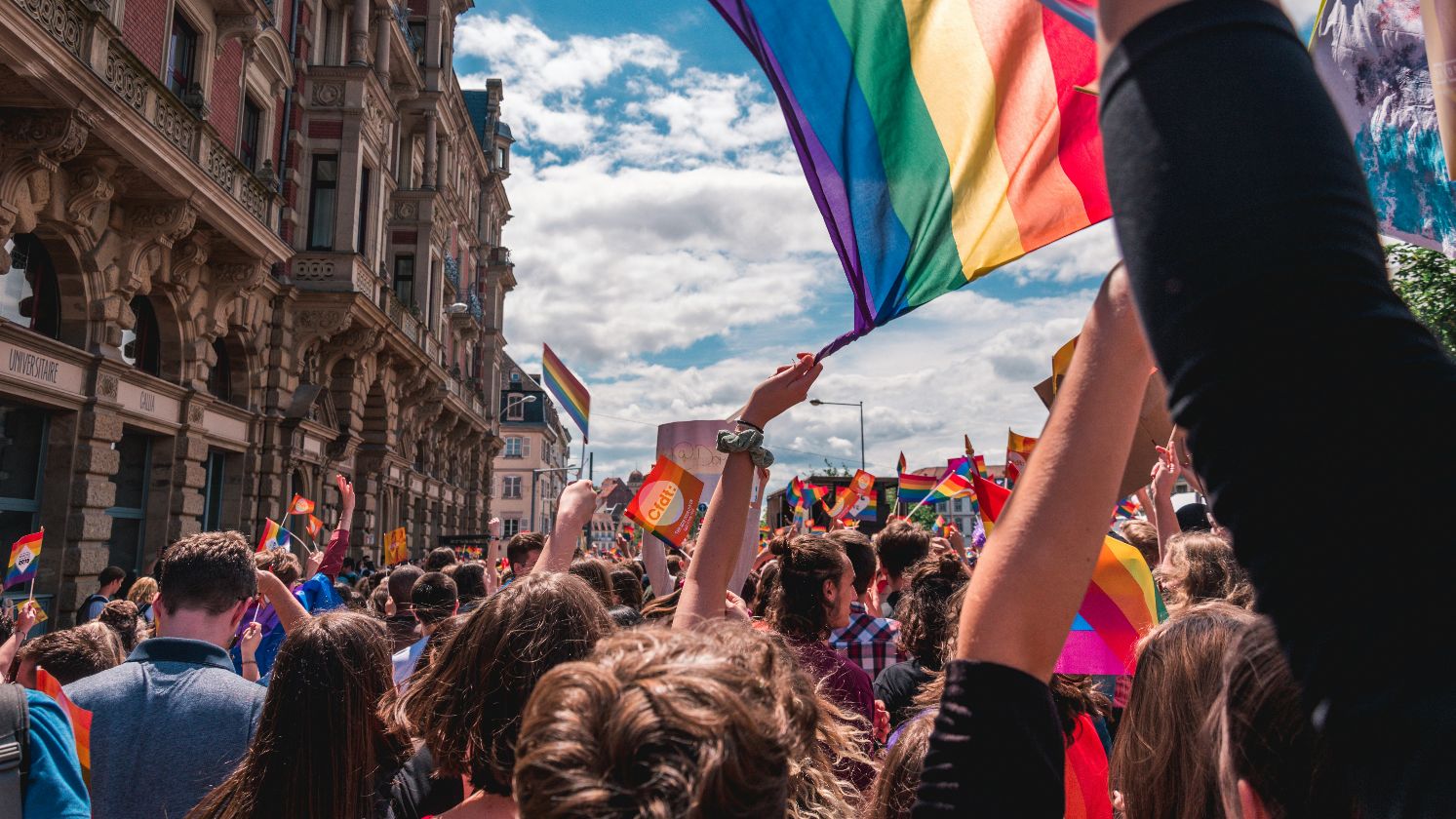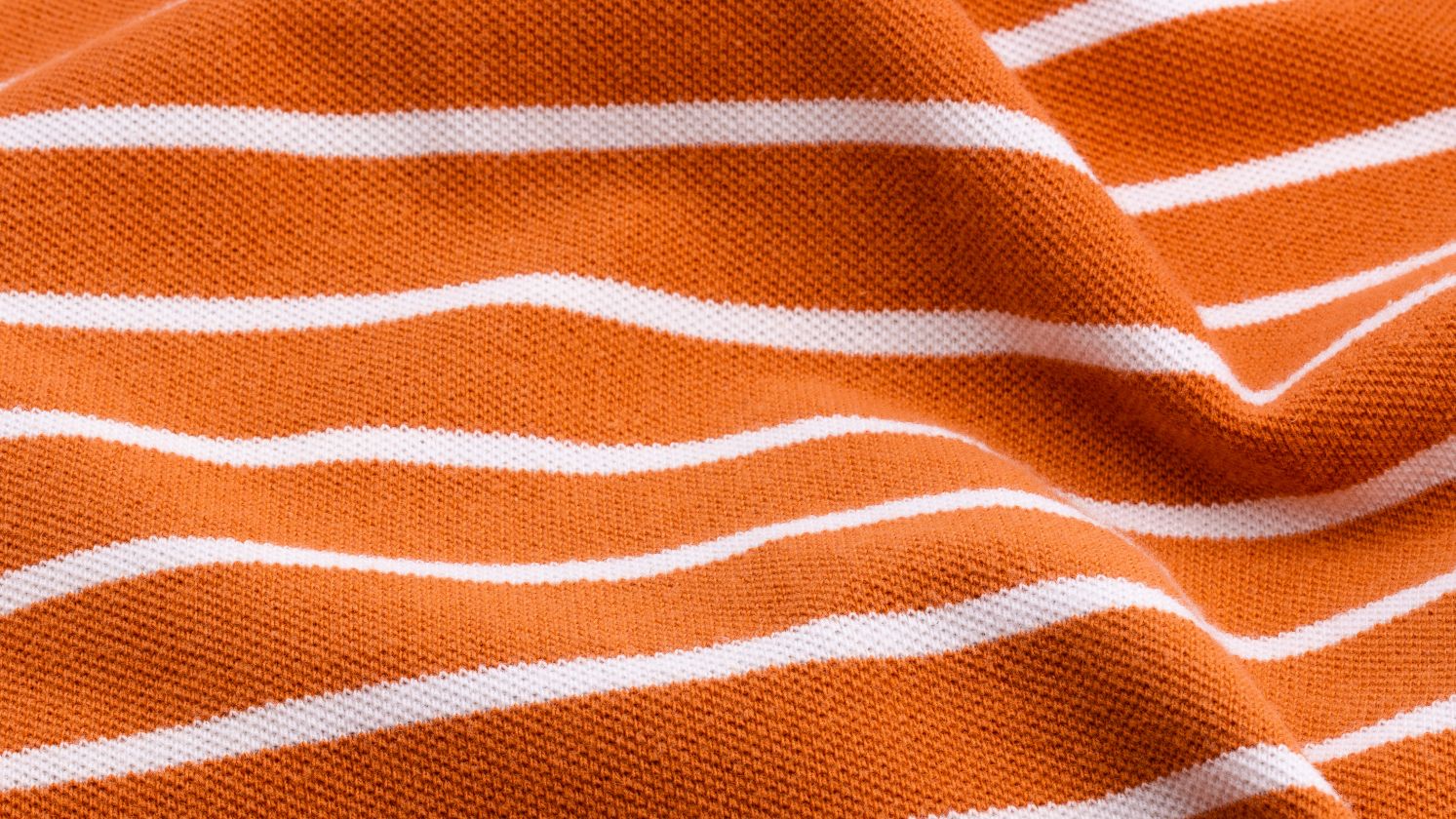Strike A Natural Spark
A photo might freeze time, but it doesn’t forgive awkward angles or forced smiles. Even the most confident people can look off when the camera turns their way. And those who look great in nearly every shot? It’s not always luck. Sometimes, it’s the intention and a few smart moves. Mastering a few small things makes all the difference. So, here are 20 posing tips for anyone who dreads being in front of the lens—starting now, that’s about to change.
1. Stay Loose, Look Better
Tension shows up in every frame—tight jaws, stiff shoulders, fixed waists, awkward eyes. So, before the camera clicks, take a slow breath and shake it off. Relaxed muscles make for authentic expressions. Even professionals use music or banter to keep things natural and fluid.
2. Let The Smile Reach Your Eyes
A genuine smile doesn’t stop at the mouth. The most photogenic grins involve the eyes, too—a subtle squint that signals real joy. It’s not about flashing teeth but feeling something real in the moment. That warmth always comes through in the final shot.
3. Straighten Up With Confidence
Your posture says it all. Slouching flattens energy on camera, while an open stance adds presence and subtle strength to any pose. Just stand tall with pulled-back shoulders and a chin slightly lifted. It can make you look instantly more confident and photogenic.
4. Turn, Don’t Face Front
Facing the camera head-on flattens your frame. But turning your body about 45 degrees? It’s a way to add some shape and movement. Shift weight to your back leg, and let one shoulder lead. This will create a more natural line and instantly slim your silhouette.
5. Use Eye Contact Wisely
Looking directly into the lens creates a connection. It draws viewers in and adds emotional weight. For a softer vibe, glance just above the camera. Avoid looking down, as it can give off uncertainty and dull your aura—even in the most styled shots.
6. Find The Right Angle
A small shift in the camera angle changes the entire view. So, place the camera slightly above eye level, which slims the face and widens the eyes. Lower angles create a bigger, louder look. Choose what flatters your features—and matches the tone you want.
7. Check On Lighting
No pose can save bad lighting. Soft, even light, flatters skin and minimizes harsh lines. Natural daylight near a window or golden hour outdoors creates a glow without effort. If indoors, ring lights or diffused bulbs keep shadows soft and highlights balanced.
8. Move With Purpose
Still, poses usually look stiff. Pose with a wave or a prop to give your hands something to do. Even a subtle hair flip or turn of the head adds motion and keeps energy high. Such movements bring the shot to life—just don’t overdo it.
9. Wear What Works On Camera
Stick to solid colors and flattering fits. Busy prints can distract, while bold tones like navy or crimson often pop in photos. The right outfit has the power to boost your confidence and posture. As for accessories, keep them minimal but meaningful.
10. Mind Your Hands And Arms
Avoid letting your arms hang stiffly at your sides. Slight bends at the elbows create space and visual flow. So, try to rest one hand on something or maybe tuck it in your pocket. It brings intention and elegance into your pose.
11. Blend In Without Disappearing
In group photos, alignment matters. Vary your height with seated poses or staggered steps, and lean into others to create unity. Close contact brings connection. The energy that comes with laughs and warmth helps make group shots more memorable.
12. Choose Your Background Carefully
The wrong backdrop can quickly undo the perfect pose. It’s always the plain, neutral settings that help you stand out in a photo. A textured wall or soft greenery adds interest without stealing focus. Just avoid cluttered spaces as they pull the eye away and leave your pose fighting for attention.
13. Let Culture Shape The Pose
Cultural norms influence everything from hand gestures to facial expressions. In East Asia, for example, the “V sign” is a go-to, while direct eye contact may be avoided in more traditional settings. So, use your cultural lens to see how you can present yourself.
14. Pose Your Age, Own Your Moment
Age influences how we pose and what feels authentic. Kids shine in playful stances, teens in bold experiments. The elderly often prefer sitting, while adults tend to favor elegance and ease. Leaning into what suits your stage of life makes the photo feel more real and flattering.
15. Know Your Angle By Gender Norms
While posing should reflect personality above all, some angles are shaped by social cues. Men often prefer a broader look with their arms relaxed. Women are usually angled toward the camera with softer features forward. Break the mold if you want—but know the rules first.
16. Use Power Poses To Center Yourself
Before the camera clicks, try a wide stance or the classic "hands-on-hips" pose. These “power poses” help reduce nervousness and boost confidence. The physical impact is debated, but the mindset shift is real—and that shows up loud and clear in your photos.
17. Read The Room Through Body Language
Open gestures and relaxed stances tell a visual story. In couple or group shots, matching each other’s poses creates a sense of connection. Crossed arms and rigid posture, on the other hand, signal tension. Your body speaks before your face does—make sure it says something good.
18. Let Your Face Do The Talking
Expressions make or break a shot. A candid laugh or raised brow feels alive, while a blank face tends to fall flat. According to a 2024 study published in Nature, people tend to remember expressive faces more, so don’t be afraid to show your personality.
19. Pose Like The Feed Is Watching
Social media changed how we pose. Instagram’s rise sparked a demand for polished, scroll-worthy shots, while TikTok pushes for creativity and quirks. Consistently posting varied poses boosts engagement. Treat the lens like an audience, and you'll grow more comfortable over time.
20. Match Your Pose To The Moment
Not all poses fit all settings. A job interview headshot needs clarity and control. Event photos call for movement and interaction. Lifestyle shoots thrive on spontaneity, and fashion asks for drama. So, align your pose with the occasion to look more appealing.




























